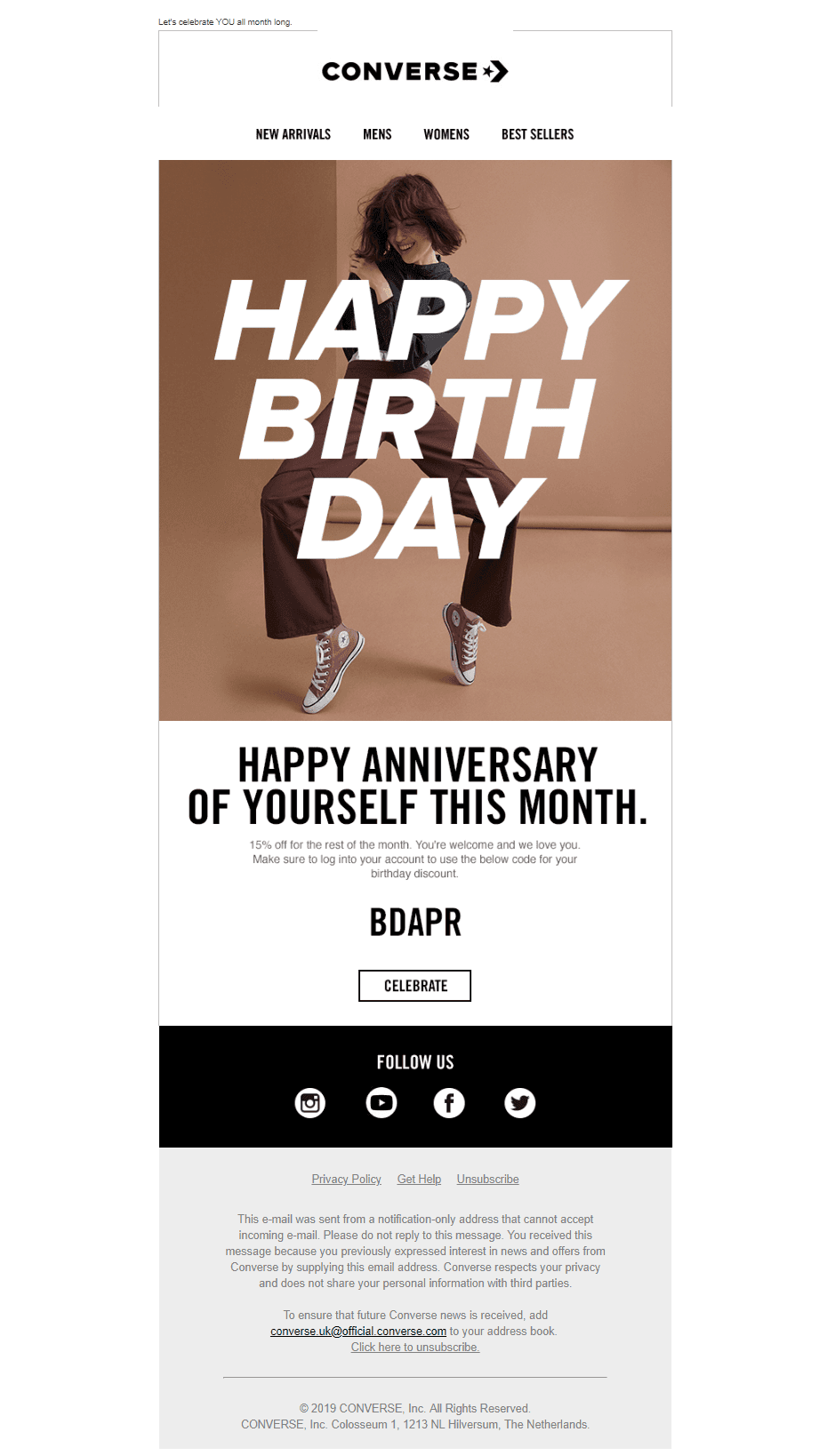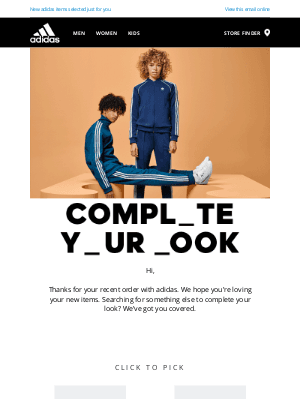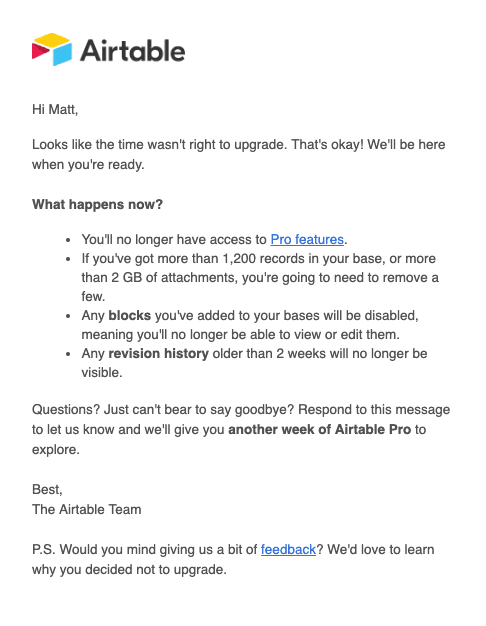Introducing
Unlock the Secrets: A Comprehensive Guide to Avoid Landing in Spam or Being Blacklisted

In today's digital world, email marketing remains a powerful tool for businesses to connect with their audience. However, the success of your email campaigns depends on whether your messages land in the recipients' inboxes or get lost in the dreaded spam folder. To ensure maximum deliverability and engagement, it's crucial to follow best practices and avoid common pitfalls. In this article, we present a comprehensive and simple guide on how to avoid landing in spam or being blacklisted.
Build a High-Quality Email List
The foundation of successful email marketing lies in having a high-quality email list. Avoid purchasing or renting email lists, as they often contain outdated or spam trap email addresses. Instead, focus on building your own list organically. Organically built lists have higher open rates and fewer spam complaints, increasing the chances of your campaigns reaching the inbox.
Implement Double Opt-In
Obtain permission before emailing by implementing a double opt-in process. Provide clear opt-in opportunities on your website, social media platforms, and other touchpoints. After subscribers enter their email addresses, send them a confirmation email with a link to verify their subscription. This ensures that your subscribers have willingly given permission to receive your emails, resulting in higher engagement and better deliverability.

Provide a genuine reply-to address
Avoid using noreply@yourcompany.com as the reply-to address, as it discourages responses. Instead, opt for addresses like hello@yourcompany.com or support@yourcompany.com to encourage interaction, signaling to email providers that your emails are valued. You also need to configure your account to use your business domain: When using email marketing software, set it up to send campaigns from your own domain name (e.g., yourbusiness.com). This demonstrates authenticity to email providers and distinguishes your emails from spam.


By just seeing the reply-to address of above emails, we can jump into conclusion that Grammarly sends more legitimate email than Otter.
Segment your campaigns for relevance
Rather than sending the same email to everyone, segment your list and target specific groups who are more likely to be interested. This boosts engagement and convinces email providers of the legitimacy of your campaigns. Moreover, create concise and compelling subject lines that accurately reflect the content of your emails. Ensure that your email content is well-structured, visually appealing, and relevant to your audience.

Optimize Email Design and Mobile Display
Email design can significantly impact deliverability. Use a responsive design that adapts to various devices and email clients. Keep your emails visually clean, avoiding excessive images or large attachments that may trigger spam filters. Use a good balance of text and images, and always include a text version of your email as an alternative to HTML.
On top of that, the growing prevalence of mobile usage where 53% of people read emails on their mobile devices, adds another layer of complexity. The mobile-friendly design ensures that your content is easily readable, images are appropriately sized, and calls to action are easily clickable. By catering to mobile users, you can enhance the user experience, increase engagement, and improve the overall effectiveness of your email campaigns.

This email is an excellent illustration of how to use text alone to generate a design element. Adidas sends this email to recent purchasers in an effort to encourage them to make other purchases and complete their outfit. It draws attention to its headline by using large, bold type and a "fill in the blanks" strategy.
Be Mindful of Spam Trigger Words and Email Length
Certain words and phrases are commonly associated with spam emails. Spam trigger words can instantly flag your emails as suspicious. While it's impossible to provide an exhaustive list, some examples such as "free," "guaranteed," "buy now," "limited time offer," or other phrases that sound overly promotional, including excessive use of exclamation marks.
Consider using the following examples:
- "Hi [Name], Have a question?"
- "Did you find what you were searching for?"
- "We're here to support you."
- "Feeling down? Need a puppy pick-me-up?"
Additionally, keep your emails short and sweet. Long-winded copy not only triggers spam filters but also fails to resonate with recipients. In a world where time is scarce and inboxes are overflowing, it's essential to keep things succinct. When dealing with lengthier content, break it up into well-structured paragraphs. This thoughtful approach makes it easier for your readers to digest and engage with your message.
See the following example of Airtable email using non-pushy words while providing essential information in short.

Manage Unsubscribes and Complaints Promptly
Respect your subscribers' preferences by promptly honoring their requests to unsubscribe. Make the process simple and hassle-free, ensuring that they feel in control of their email preferences. Additionally, pay attention to feedback loops provided by email service providers. These loops inform you about spam complaints and allow you to take appropriate action. Promptly address any issues or concerns raised by recipients to maintain a positive sender reputation. Ignoring complaints can lead to severe consequences, including being blacklisted by internet service providers (ISPs).
Regularly Cleanse and Update Your Email List
Maintain a healthy email list by regularly cleansing it of inactive or bounced email addresses. Remove subscribers who haven't engaged with your emails for an extended period. By regularly reviewing and refreshing your list, you can optimize its effectiveness and maintain a more engaged audience. Monitor your email deliverability metrics regularly and promptly address any issues that may arise.
Authenticate Your Emails
Implement email authentication protocols like SPF (Sender Policy Framework), DKIM (DomainKeys Identified Mail), and DMARC (Domain-based Message Authentication, Reporting, and Conformance). These protocols verify the authenticity of your emails and protect your domain from spoofing or phishing attacks. If security is important for your brand or business then email authentication must be on your priority list.
Email authentication also improves email deliverability by ensuring that your messages are delivered directly to your subscribers' inboxes. By consistently reaching your subscribers' inboxes, you establish trust with email service providers like Google, which further enhances your brand reputation.
Wrap Up
In the realm of email marketing, there's a hidden secret that can supercharge your campaigns and give your brand a competitive edge. It's all about avoiding those pesky spam filters and ensuring that your carefully crafted messages land directly in the coveted inbox. While it may not be at the forefront of every marketer's mind, mastering this art can make a world of difference in your campaign's performance and overall success.
Send to organic email lists with genuine reply-to email address, carefully write, design and personalize your email, maintain your email reputation and email lists, as well as authenticate your emails, you can significantly reduce the risk of landing in spam or being blacklisted. These practices not only enhance the effectiveness of your campaigns but also foster trust, engagement, and long-term relationships with your subscribers. By prioritizing these measures, you can maintain a positive sender reputation and ensure that your emails reach the intended audience's inboxes, leading to improved engagement and ultimately, business success.